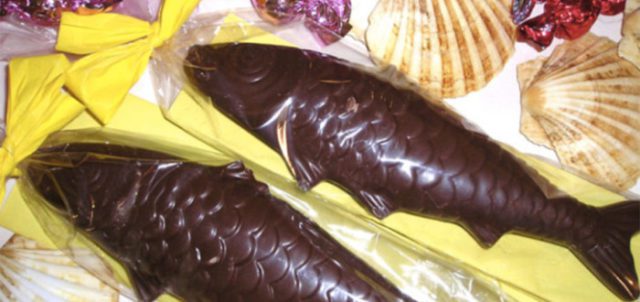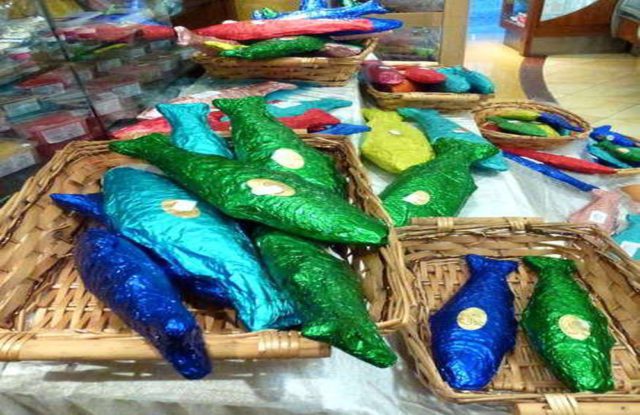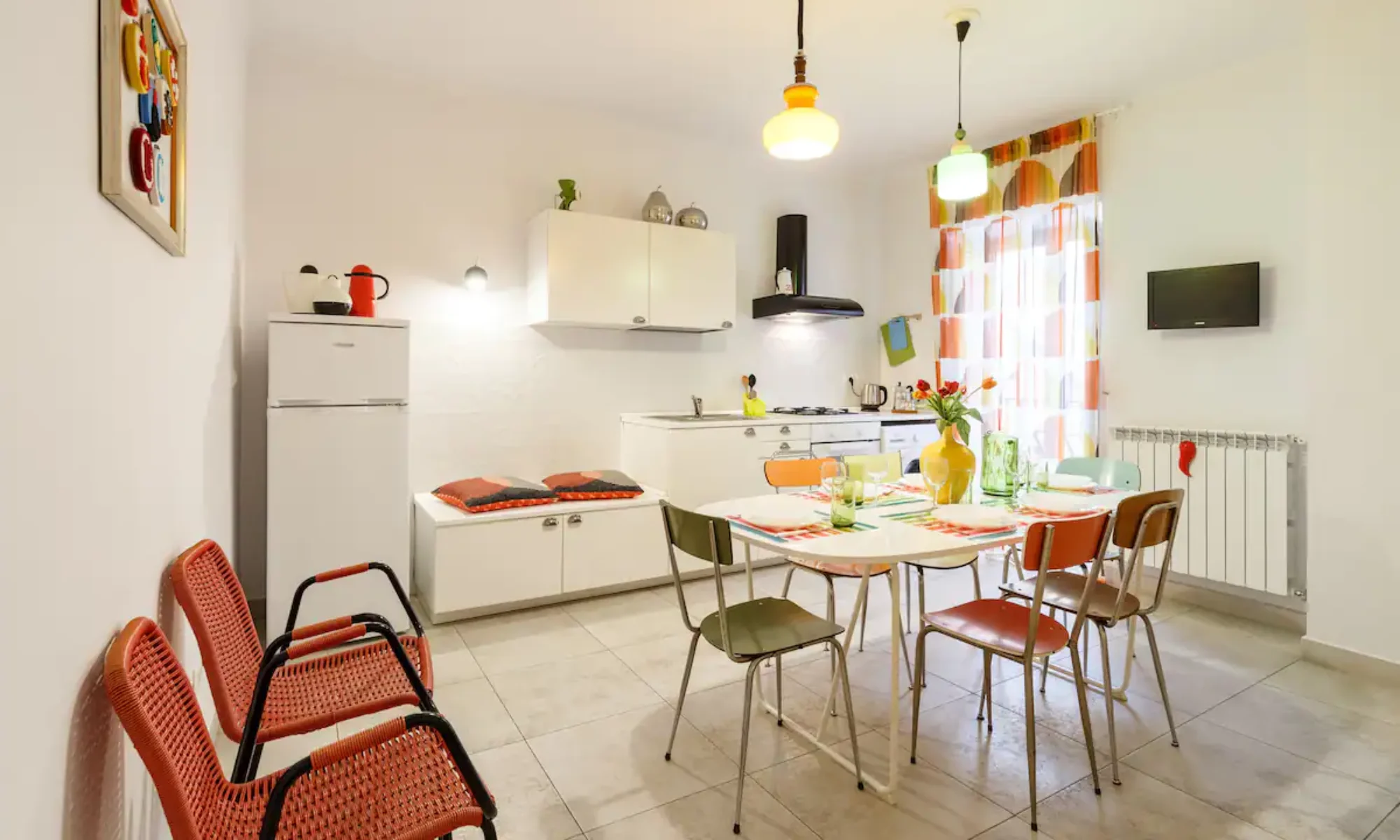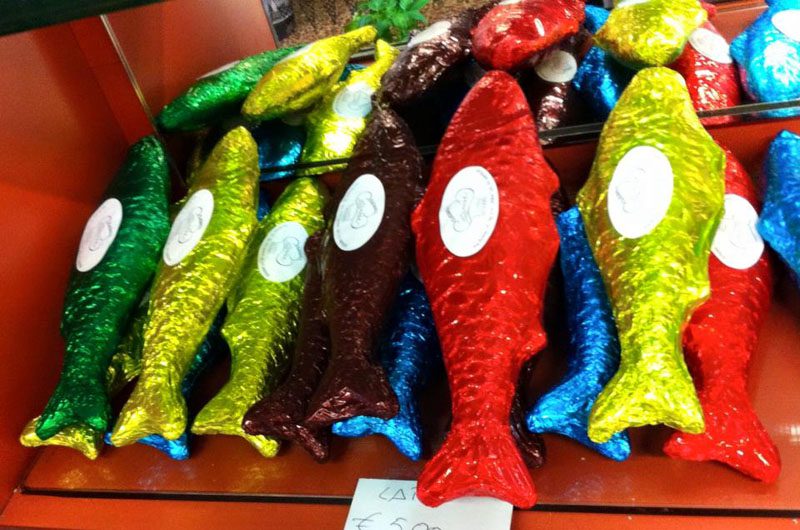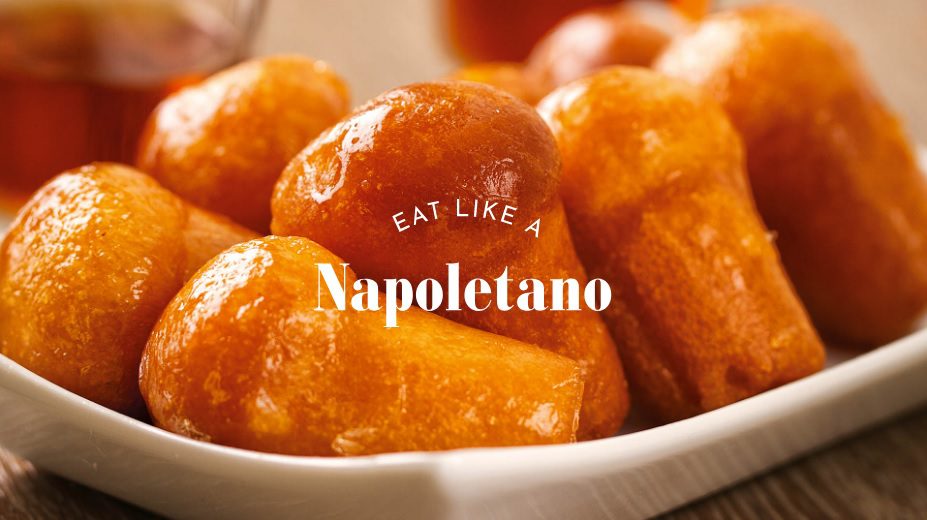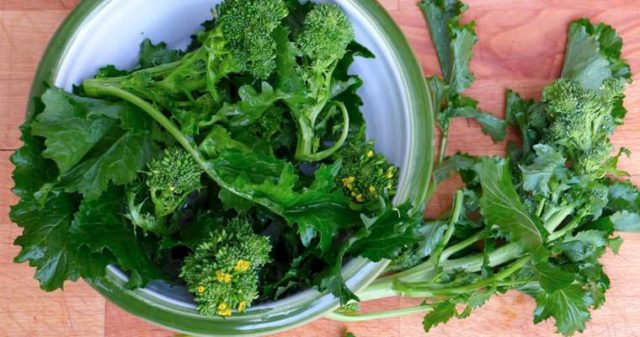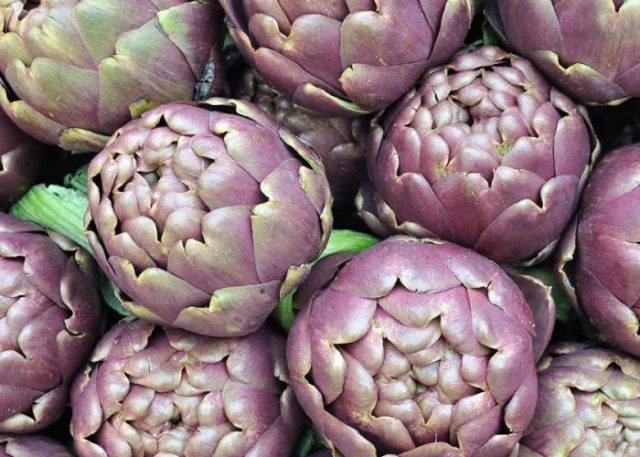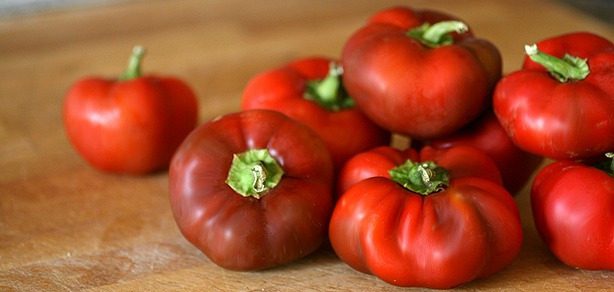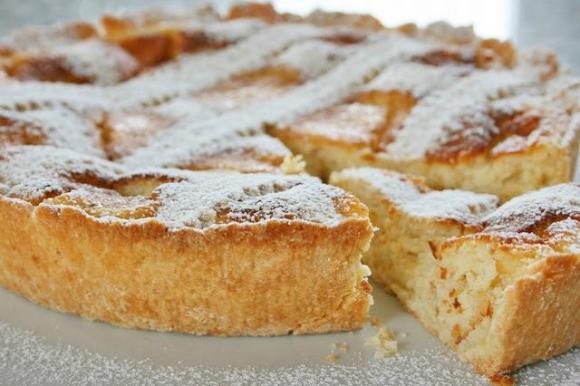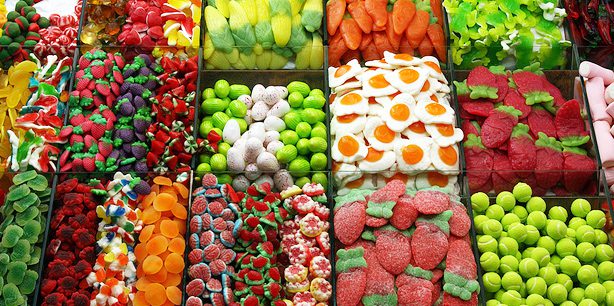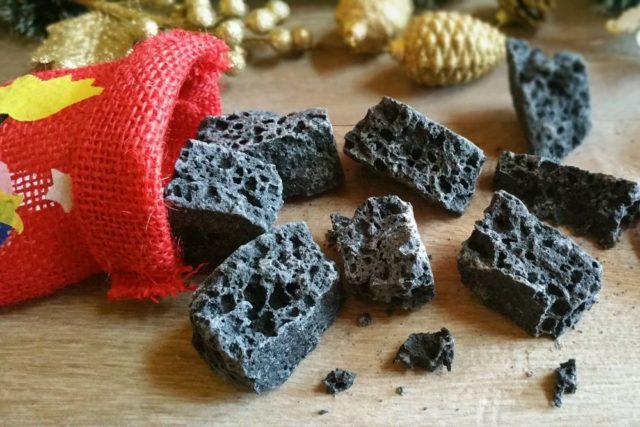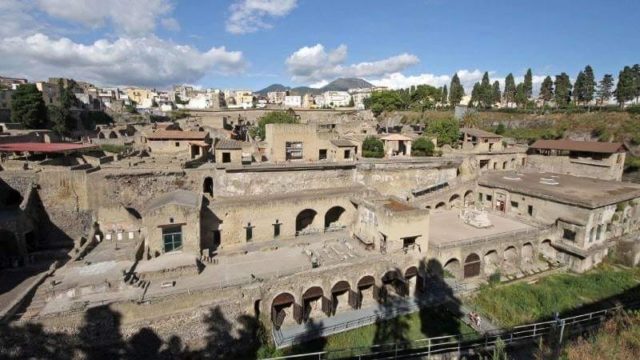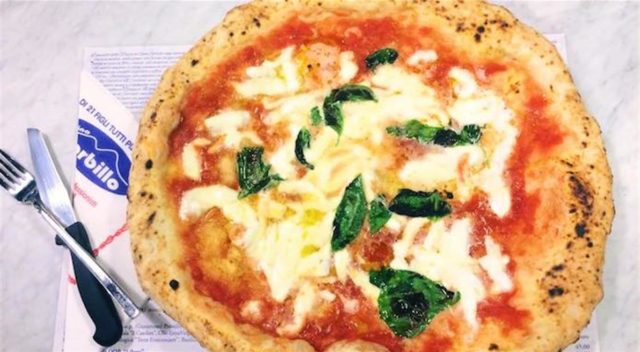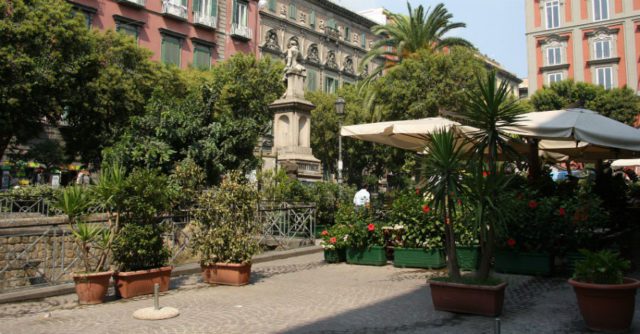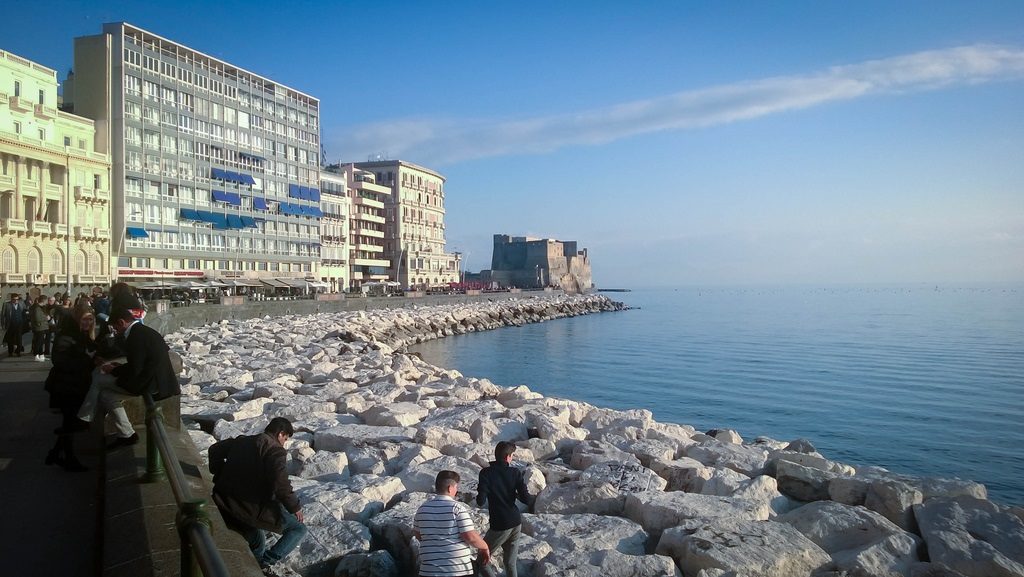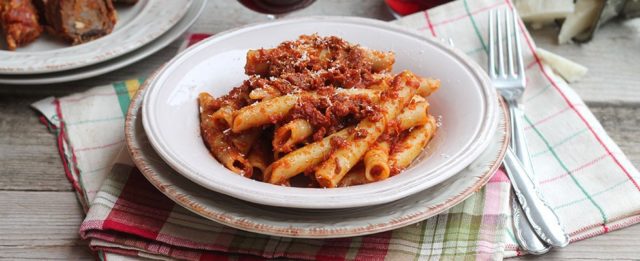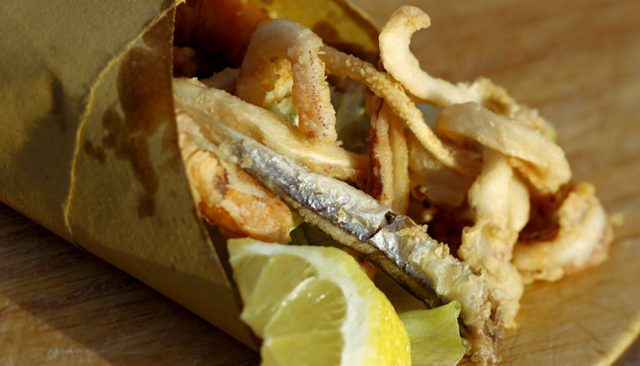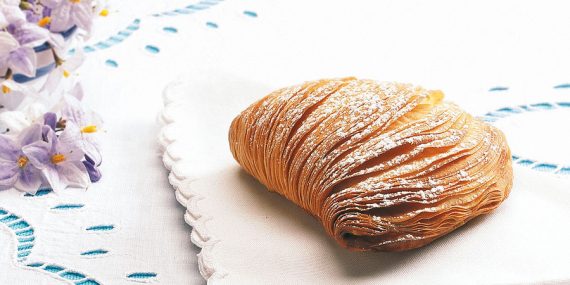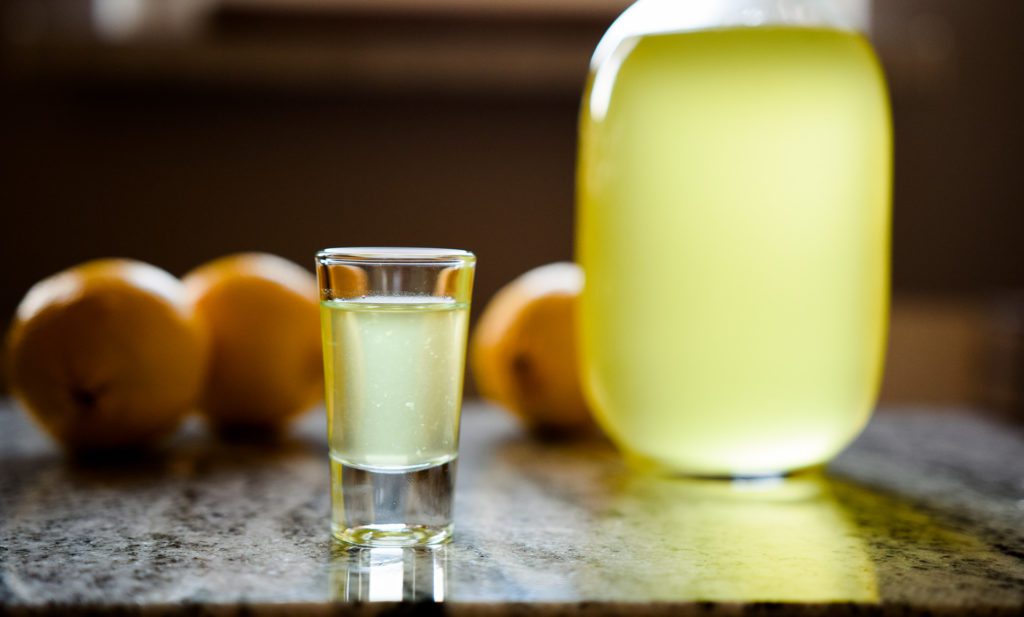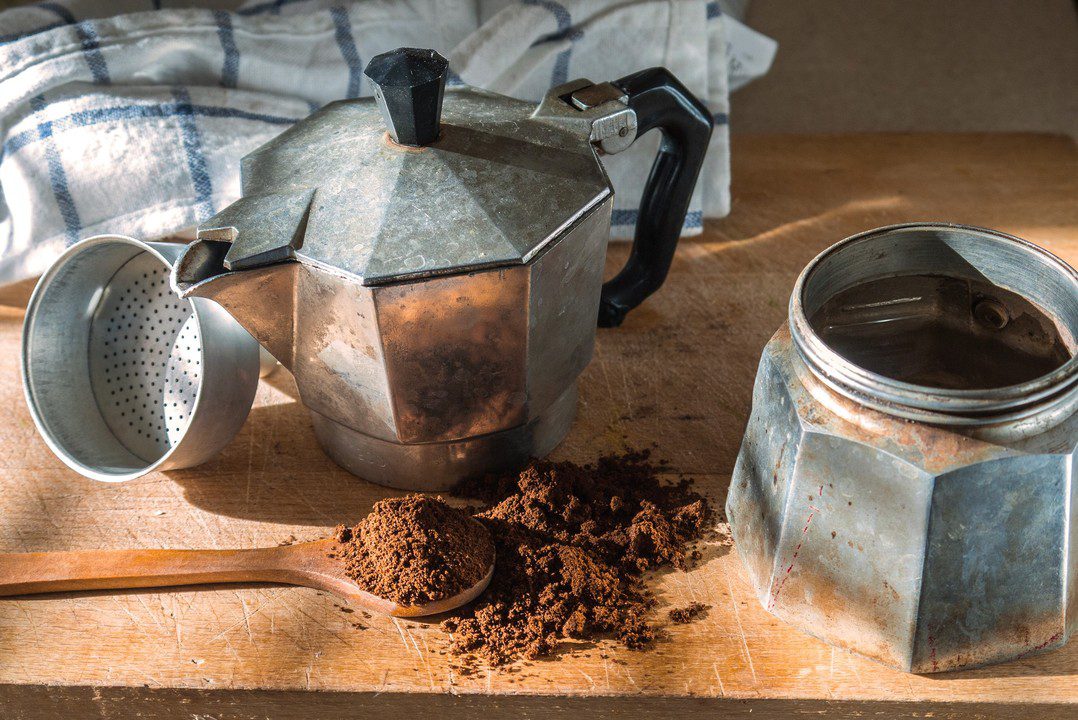The home of every Italian dish you know and love, Naples offers everything from classic pizza and pasta to fresh seafood and powerful volcanic wines
Although you probably already know that humanity’s finest pizza and pasta graces the whole nation of Italy, the culinary history of Naples is notorious, and older than Rome itself. The traditional food in this region is characterised by the simple ingredients of the poorer classes, executed with great skill and a sense of perfection.
Neapolitan street food offers everything from fried morsels of fish, to fried pizza, cheese-filled pastries and even pork offal for the bravest foodies. Restaurant creations of meatballs doused in ragù may be served alongside pasta, cheeses, vegetables and sweets. Naples is a place to forget your waistline and enjoy every culinary masterpiece you find. We suggest you take on the flavours of the city with full force, so eat like a local by following these tips.
Pizza Napoletana
Need we say more? Naples is the motherland of pizza as we know it. Pizza slathered with tomato sauce, cheese and basil existed here as early as the 18th century, but later named Pizza Margherita after the queen of Italy in 1889. The texture should be chewy, the cheese is always mozzarella, and the basil is fresh. Most importantly, look out for a slightly charred crust, the signature of a stone oven.
Where to try: Almost every slice in Naples will leave you in pizza euphoria, but for some of the best of the best, head to Di Matteo (Via dei Tribunali, 94) where you’ll find fried variations, too.
Ragù
Better than the stuff in tightly sealed glass jars in aisle at the grocery store, and probably better than your grandmother’s, Neapolitan ragù pairs with pasta to make the perfect marriage. Chefs start with good, volcanically enriched tomatoes and add meat to create a robust flavour unique to Naples. The sauce is traditionally mixed with pasta of the ziti variety. Just so you know, the town of Gragnano in the Municipality of Naples produces some of the finest grades of pasta in the world.
Where to try: Tandem (Via Paladino Giovanni 51) is a favourite among locals and serves generous helpings of their slow-cooked speciality ragù.
Polpette
Ragù cheats on its partner, pasta, with these tender meatballs that come in twos or threes. Polpette showered in spoonfuls of ragù make a filling, protein-packed meal for any hungry traveller. Throw vegetarianism out the window, forget the noodle bits, and munch on this treasured, spherical meat.
Where to try: Try Neapolitan meatballs encased in sandwich bread at O’Cuzzetiello Panineria Take Away (Via Rimini 51) or find the dish at various restaurants throughout the city.
Impepata di Cozze
It goes without saying that you simply can’t visit Naples without trying the fresh seafood brought in daily. Aside from delicious fish and squid dishes, make room for Impepata di Cozze; a simple bowl of mussels prepared with tomatoes, peppers, and white wine. Chunks of bread soak up the juices at the end.
Where to try: Trattoria Da Patrizia (Via Luculliana, 24) is by the harbour and serves a range of seafood dishes.
Cuoppo
Fried foods of all varieties in a convenient handheld cone. The brown paper cups contain fried eggplant and zucchini nestled with items like battered fish and shrimp, golden brown mozzarella bites, and potato croquettes. It may be hard to discern what some of the fried lumps are just by looking at them, but don’t worry; you can’t go wrong with deep-fried Italian food.
Where to try: Il Cuoppo (Via San Biagio Dei Librai 23), the brainchild of brothers Giorgio and Andrea Sangiovanni, hands cones of cuoppo stamped with their blue logo to sidewalk strollers every day of the week.
Panino Napoletano
Many compare the panino or panini to its other toasted sandwich cousins, but these Italian sandwiches find a special place in the hearts of those who purchase them in Naples. Panino Napolitano looks like a cross between a sticky iced bun and a calzone. Thick bits of pancetta and molten provolone ooze out the sides of this dense street food, making it a holy trinity of meat, cheese, and bread.
Where to try: Try Panino Napoletano at any of the dozens of kiosks and stands that sell the sandwich to take-away.
Sfogliatella
This shell-shaped pastry shows off its paper-thin folds in glass cases at bakeries across the city. Created by monks and first sold commercially by Neapolitan pastry chef Pasquale Pintauro in 1818, these light bites still thrive on the market today. Sfogliatella are baked until the ridges bloom and separate, cooled and filled with ricotta or almond paste, and finally dusted with powdered sugar.
Where to try: Pick up some from Antico Forno delle Sfogliatelle Calde Fratelli Attanasio (Vico Ferrovia 1/2/3/4).
Babà Rum
Babà of the rum variety are found in patisseries throughout the city and resemble glistening, spongy mushrooms. These tiny cakes are often garnished with whipped cream and berries. To eat appropriately, take an espresso in one hand and a babà in the other; alternate between bites of the confection and sips of coffee.
Where to try: It’s everywhere. Pop into glamour Pasticceria Capparelli (Via dei Tribunali, 327)
Limoncello
A speciality of the Gulf of Naples and the Amalfi coast, this neon-yellow liqueur is typically made using grappa infused with the zest of local Sorrento lemons and sweetened with sugar. There are endless homemade varieties, often created in bars and restaurants, and a chilled ceramic cup of Limoncello is the perfect summertime digestivo.
Where to try: If you’re looking to bring some bottles home go in market and choose made in Sorrento or Amalfi bottles. If you’re only in the mood for a sip, try any restaurant in the city.
Lacryma Christi
This celebrated wine is produced on the slopes of Mount Vesuvius, and archaeologists have declared it the nearest equivalent to the wine consumed in Ancient Rome. It’s available in white, rosé, and red varieties – so there should be one for every occasion! Lacryma Christi has been immortalised in books by authors like Voltaire, Alexandre Dumas, and Nathaniel Hawthorne, so relax with a glass and taste a piece of history.
Where to try: Pop into Enoteca Belledonne (Vico Belledonne a Chiaia 18) or book a wine tour at one of the vineyards on the slopes of Mount Vesuvius outside the city.
